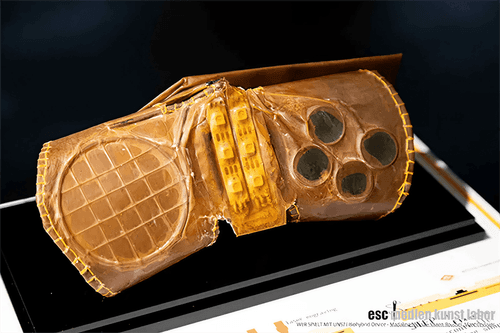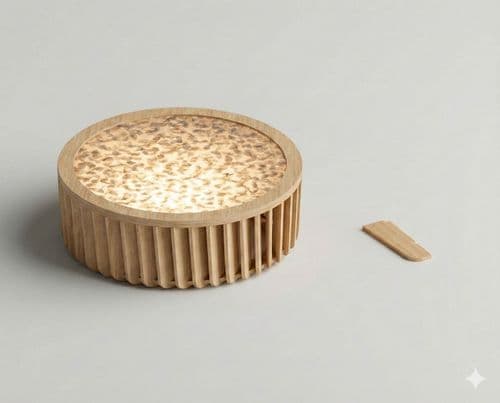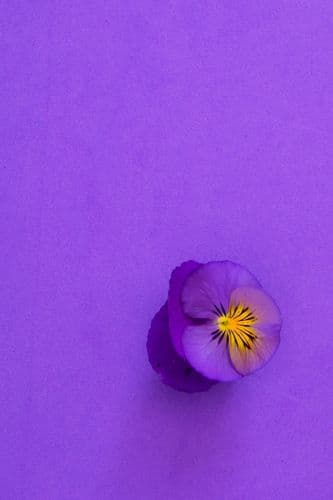Can you describe the process of developing the bioplastic used in the "Gone" packaging concept? What challenges did you face, and how did you overcome them?
Developing the bioplastic started with broad, open-ended exploration. I was taking a class taught by Tom Weis at RISD (who later became my advisor for this work) about natural materials and had no real end goal in mind except vaguely wanting to make something useful. I looked up basic bioplastic recipes online and tried out various ones before I started experimenting with the ingredients as well as the process itself. I tried pouring it into moulds, baking it, squeezing it through a piping bag, and smoothing it with a rolling pin. It cracked and cured unevenly if I made something too thick, and thinner sheets would peel apart or snap into delicate fragments. I expected it to behave like plastic, which morphs into whatever you want it to be. Instead, I had to pay attention to what the material wanted to be.
The pieces that started to turn out best were translucent and flexible sheets. They could be folded, rolled, wrinkled, and stretched, which made me think they had the potential to replace plastic films. As I got closer to what felt like a usable material, I put it in the hands of some friends and peers. I even convinced someone to eat a sandwich wrapped in my bioplastic, but the most surprising takeaway was that people found the material itself rather off-putting.
They were responding to its irregularity. Compared to the shiny, clinical, crystal-clear plastic films we trust to protect our food, my material was uninvitingly organic. Ragged edges, rough to the touch, rubbery thick in one spot and paper-thin in another. I had to find a way to make it more smooth and consistent if it was going to be accepted as an alternative to modern industrial packaging.
Solving this on a handmade scale was one of my biggest challenges. The next challenge was making these biodegradable sheets thick and sturdy enough to contain a liquid without breaking down.


How did you decide to use laser etching on bioplastic? What benefits did this technique provide for the final product?
Laser etching was one of many tools I experimented with to discover what the material wanted to be and do. It turned out to work quite well, creating a distinct and legible texture on the material’s surface. Aesthetically, I liked how laser etching highlighted the unique qualities of the bioplastic; it made it feel more ‘manufactured’ but still allowed it to be what it is, rather than just mimicking the plastic packaging we see every day. Functionally, it was also a way to minimise added ingredients or inks that would need to break down in the environment. And on a small scale, it was a way to imagine how the product and material could come to life in full-scale production.

Can you explain the extrusion methods used at the USDA research center to produce consistent bioplastic sheets? What were the key factors in achieving uniformity?
When I first started making these materials by hand, the inconsistent texture and thickness were distracting and strange to people. I found a way to create consistent sheets to validate the concept, but I knew that my DIY method wouldn’t work at scale. It involved a non-stick oven liner mounted on a massive aluminium sheet, along with careful steps to pour and spread the material evenly in its liquid form.
A plastic sheet extrusion machine is more likely to be used for full-scale production, and they have one specifically for experimenting with new materials at the USDA Research Center in Berkeley, CA. Fortunately, I had the opportunity to visit Berkeley now and then, so I could try it out myself. There were many variables at play: the viscosity of the liquid material (depending on how much it had been cooked down), the thickness set on the extruder, and the heat and speed at which it passed through the machine. It was easy to 'overcook' it and end up with a brittle sheet that I couldn’t even remove from the substrate below. Unfortunately, this path of development was halted a few weeks in due to COVID-19 shutdowns in early 2020.

How did the images from the Electron Scanning Microscope influence the design and functionality of the "Gone" packets? What patterns or structures did you find most useful?
Although I was using fancy high-tech equipment, this part of the process definitely leaned more towards art than science. As with many products I’ve worked on since, there was no limit to the number of directions ‘Gone’ could take. The ESM images were a helpful starting point to gain inspiration and find an aesthetic direction that felt intentional and true to the biophilic origins of my material exploration.

How did natural packaging elements, like the calyx of tomatillos, influence your design for sustainable materials? What other natural elements have inspired your work?
I find single-use packaging fascinating because it is so deeply tied to human behaviour—and that’s one of the hardest things to change. While reusable silicone bags and bottle return systems are aspirational solutions, they are still far from mainstream because they ask people to do much more than they’re used to.
When I began exploring sustainable materials, I was inspired by naturally occurring packaging like orange peels and tomatillo husks because I saw them as examples of single-use done right. They preserve and protect their contents until they’re no longer needed, then return their nutrients to an infinite life cycle—the pinnacle of circular design! Behaviourally, these 'packages' require no more effort than tearing open a bag of crisps and tossing it in the bin. And unlike a plastic bag, an orange peel thrown from a car window or forgotten on a hike will not cause existential harm.
This was the gold standard I was working towards with my material experiments. Nature built packaging into the product—can humans do the same?
I’ve also been inspired by mycelium—how efficiently it grows and how it thrives in unusual environments. The best time to forage for mushrooms is after a forest fire; it’s as if they turn death into life. The coolest part is that people have figured out how to grow packaging and even furniture out of these spores.
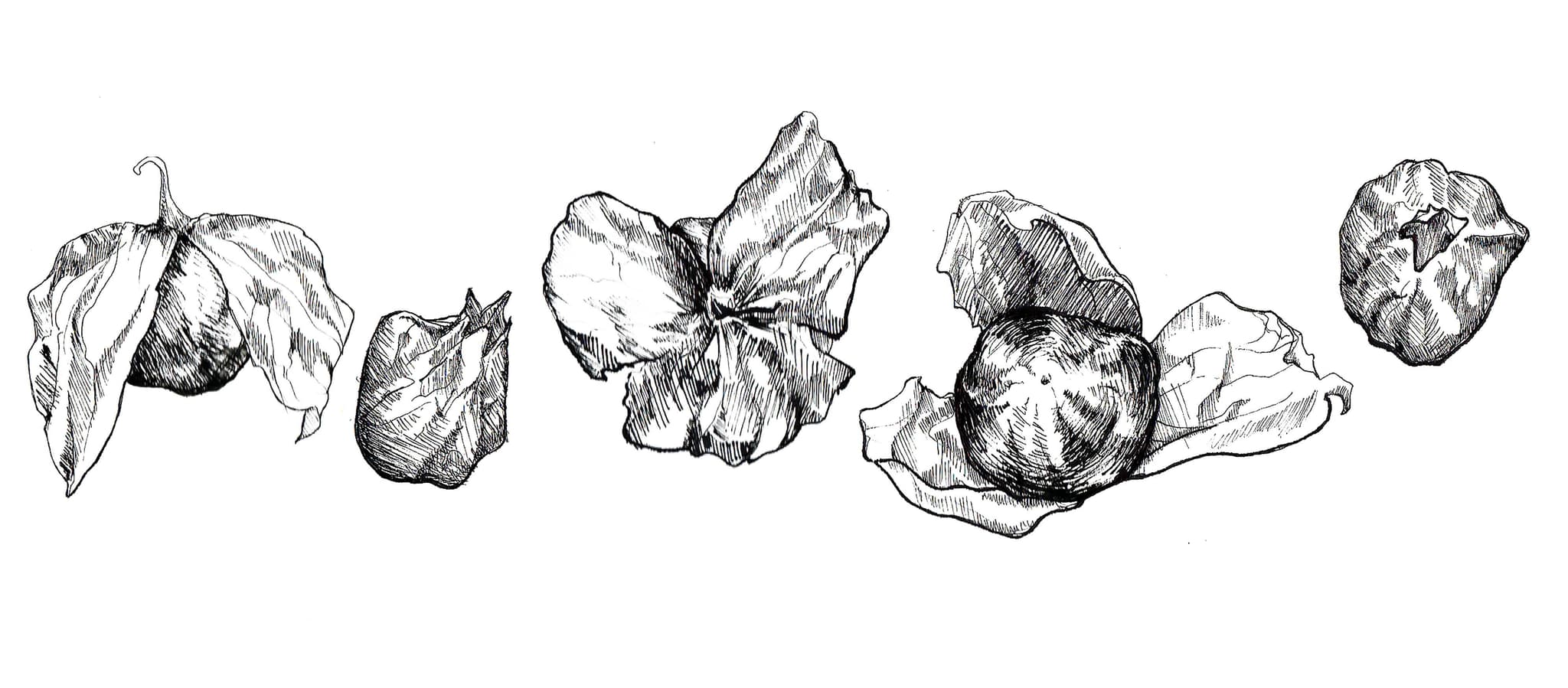
Despite the biodegradability of your bioplastic, you mentioned its considerable ecological footprint due to diverse ingredient sourcing. How are you addressing this challenge in your ongoing projects?
Checking where the ingredients for my material came from was my way of doing a basic life cycle assessment (LCA). I wanted to be a thorough designer and follow cradle-to-cradle principles. In my day-to-day work with large, multinational companies that can afford proper audits and the like, I’ve learned that even official LCAs are not as precise or scientific as one might expect. And perhaps more importantly, they don’t resonate with the people who are buying the end product.
People look for other signals to make them feel good about their choices. Buying a plastic water bottle that says 100% recycled on the label doesn’t feel as good as buying a glass one, even though some LCAs suggest the former is better (assuming both eventually get recycled). Of course, the glass is also far more likely to be reused before it’s recycled or thrown away - and that behavior isn’t necessarily accounted for in an LCA either. The biggest challenge in the work I do now is looking for ways to make products use fewer resources wherever possible, without losing sight of what people will buy and do. One could argue that the end user’s actual behavior is a more accurate measure of a product’s sustainability than the roughly estimated ecological footprint.
How did the specific needs of athletes, such as the disposal of energy gel packets during races, shape the design and functionality of your bioplastic packaging concept?
When I came up with the idea for Gone, I was a competitive cyclist attending races nearly every weekend. After spending nearly two years developing the material without a specific product in mind, I noticed some unopened gels on my desk and realised they might be a perfect application. I immediately identified two major problems with gels that my material could solve:
1- The existing materials are bad, plain, and simple. A gel is an efficient way to get energy, and because it’s liquid, it’s easy for athletes to digest while they’re moving. Unfortunately, the current packaging solution for viscous liquids like this is a multi-material (foil and plastic) film, which makes gel wrappers so difficult to recycle that they almost always have to be thrown away.*
2- They might not even get thrown away. Athletes eat the sticky, gooey gel in 30 seconds or less, then attempt to shove the messy wrapper back into their pocket. Whether intentional or not, these wrappers do not always make it back into the pocket. Major race events often have to perform a sweep because so much gel detritus gets left behind.
From there, the design was driven by this active, high-performance use case. The angular, gestural quality of the final form is complemented by bold, italic graphics. It’s meant to look sleek and fast.
When a rider goes off ahead and leaves the peloton in their dust, you’d say they’re ‘gone.’ The name was a succinct way to allude to both the biodegradable material and the athletic context at the same time.
*The only alternative that I know of is collecting the used wrappers and sending them to TerraCycle, who may then upcycle them into other plastic goods.

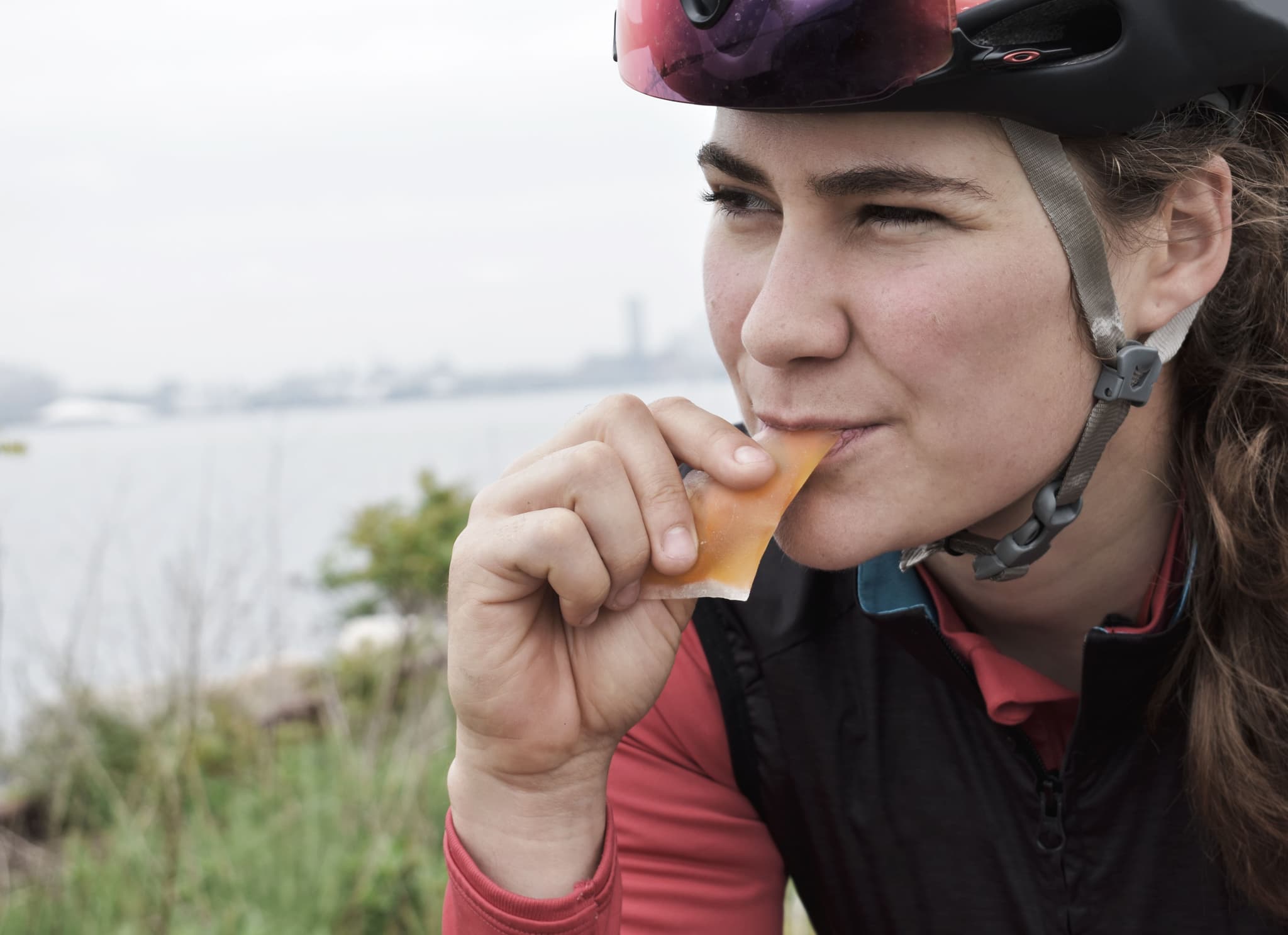
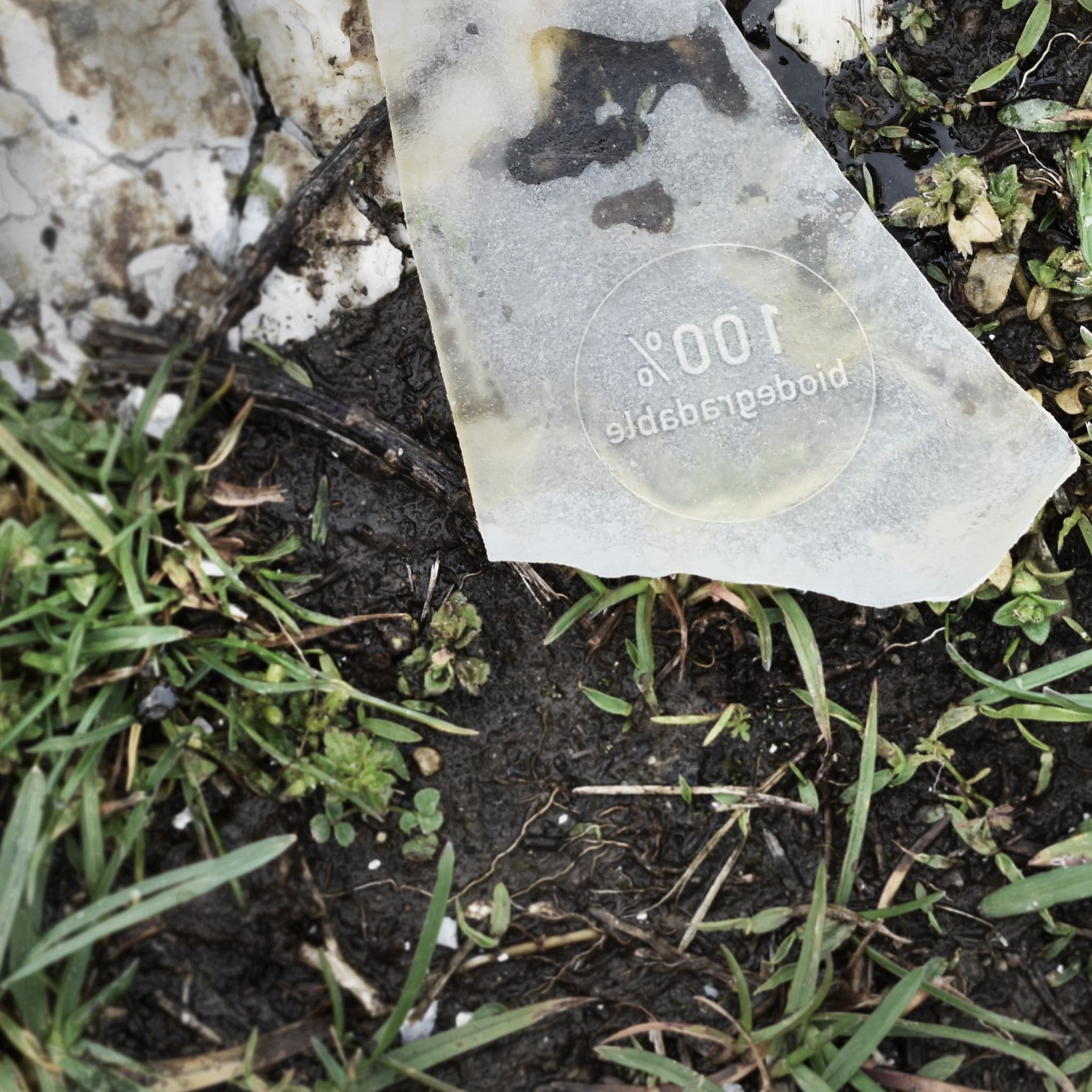
What are the next projects you have in mind, that can you share with our audience?
I’m starting to make art that explores the same problems I’ve been trying to solve through design. Single-use plastics and modern products in general are making our lives better and worse at the same time; this is such a profound paradox that I will probably be obsessed with it for the rest of my life. Illustration, sculpture, and writing help me think about it from another angle. I hope my artwork can inspire functional solutions and open up new ways to think about our relationship with things.



